As Holly Golightly in “Breakfast at Tiffany’s” would say with a sigh and drag on her cigarette holder, “Quelle year.” As far as bad years go, 2017 pretty much did us in and it’s not even over yet. Still, the news isn’t all bad, at least in the Japanese publication world. Paper and ink is still around. The Japanese language is not dead (though it may be mired in poop – more on that later). Here are some of the best publications that restored my faith in print, life and native country, and shone through like beacons of light on a dark and murky sea.
1. “Kimitachiwa Dou Ikiruka” by Genzaburo Yoshino
Part self-help book and part shining example of the epistolary art, “Kimitachiwa Dou Ikiruka (How Do You Live)” was written 80 years ago by journalist Genzaburo Yoshino, famed as of one of the last great philosophical writers of post-war Japan. Yoshino always wrote from a humanitarian, anti-war stance (he was arrested and imprisoned during WWII) and launched legendary leftist magazine “Sekai (The World)” a mere one year after the Japanese surrender in 1945. Lesser known is that Yoshino also wrote for children and young adults in the pre-war era. Published in 1936, “How Do You Live” is a book of letters from a gentle, enlightened uncle to his thirteen-year old nephew, as the latter tries to navigate the difficulties of growing up in a Japan controlled by militarists and headed toward a destructive war. The uncle comes up with the nickname “Coperu-kun” (after Copernicus) for his smart and always pondering nephew. What is life? Why are we here? What’s friendship and what does it mean to be human? Together they tackle all-important questions while being respectful of each other’s boundaries and getting each other’s backs. If only I could go back in time and give this to my 13-year old self, I’d discover that life could be beautiful in the bleakest of times.
The publishing house behind “How Do You Live” is Iwanami Shoten Publishers. The manga version authored by Shoichi Haga (published by Magazine House) was rushed to bookstores at about the same time as the novel, and on its own, has sold over 33,000 copies. Japan’s beloved filmmaker Hayao Miyazaki chose “How Do You Live” as his back-from-retirement project, and has said in interviews that it will take 3 to 4 years to do justice to this masterpiece.
2. “Sabishii Seikatsu” by Emiko Inagaki
Ms. Inagaki was 50 when she decided to quit her job at Asahi Shimbun, one of the nation’s most powerful newspapers. The reasons were varied but as she put it in her previous book “Tamashii no Taisha (The Soul Wants to Quit)” she was fed up with the work/spend treadmill and longed to break free. Two years on, she’s still unemployed, single and nearly 2 decades away from drawing a pension. “Sabishii…” is all about how Ms. Inagaki sustains body and soul – and has the time of her life doing it.
“Sabishii Seikatsu” literally translates as “The Lonely Life” but a more apt English title would probably be “In Praise of Solitude.” If you’ve wondered whether it’s possible to live in Tokyo on 100,000 yen a month (no, she doesn’t have roommates and yes, she likes going to bars) including rent, the pointers are in this book. And you got to hand it to her – Ms. Inagaki knows how to do semi-poverty in style. She frequents the public bathhouse instead of using her own shower, forgoes electricity for a single gas ring and candles, hand-washes her clothes and does not own a refrigerator. She finds infinite joy and fascination in adjusting her life as if this was the Edo Period, albeit with an iPhone and laptop. Her sole indulgence is a monthly trip to her favorite hair salon to maintain a snazzy afro She goes out for the occasional latte and bagel but otherwise, she’s a perky flower child forming a one-woman front against authority, energy waste and nuclear power plants. If the Abe Administration’s nuclear re-booting policies are getting you down, here’s Ms. Inagaki to tell you to stop fretting, turn out the goddamn lights and hop on a bicycle. The best revenge is written out in these pages.
3. “Moshi Bungotachiga Kappu Yakisobano Tsukurikatawo Kaitara” by Keiichi Kanda and Ryo Kikuchi
The Japanese think they see the universe in a cup of tea and a single tatami mat. Authors Keiichi Kanda and Ryo Kikuchi saw a bestseller in instant yakisoba noodles, and they got to work to make it happen. “Moshi Bungotachiga Yakisobano Tsukurikatawo Kaitara (What if the Literary Giants were to Write How to Make Instant Yakisoba Noodles?”) has its tongue firmly ensconced in the cheek, but offers preposterous fun. One of the sleeper hits of the year, the book has spawned a sequel and sold over 15,000 copies so far.
Page after page, “Moshi…” simulates how different authors would take on the same theme of making the perfect instant yakisoba, in their individual literary styles. And that’s it. There’s nothing else. You may well ask, so what IS this yakisoba? It’s fried noodles flavored with worcester sauce, a kind of soup-less version of the cup noodles we’re all so familiar with. Yakisoba comes inside a plastic square container accompanied by a packet of a few strands of dried cabbage. You pour in some boiling hot water, let it sit for a few minutes and (this is the all important factor), you then POUR OUT the water through a little hole in the container. This is called the “yukiri” process. You then prise open the lid, mix in the sauce and dried veg and there you have it – yakisoba. In this book, eminent authors from Ryunosuke Akutagawa to Haruki Murakami to Kanzaburo Oe are pulled off their pedestals and riffed on as they virtually write their own perfect instant yakisoba recipes. From the west, the exalted likes of Raymond Chandler, Arthur Conan Doyle, Andre Breton, Dostoyevsky and Susan Sontag are called to take a stab at yakisoba creation.
The perfect companion for the times you want to run away from the world and computer screens. Just keep a yakisoba on hand and try mimicking your favorite wordsmith as you make those noodles.
4. “Kyujussai Naniga Medetai” by Aiko Sato
The translation of the title is: “Ninety Years Old, What’s There to Celebrate?” Personally, I feel it’s closer to “So I Turned 90 – No Biggie!” Japan’s treasured granny authoress Aiko Sato is an amazingly youthful nonagenarian with a badass attitude toward life, politics and the general yuckiness attached to growing old in Japan’s super-aging society. This book started out as a column in women’s magazine “Jyosei Seven” and was published by Shogakukan Ltd. It has sold well over a million copies.
One out of 4 adults in the Tokyo metropolis is now over 70 and it feels like the nation’s dwindling population is growing grayer by the week but Ms. Sato shrugs off the hand-wringing negativity. Part memoir, part self-help guide for every generation and a sizzlingly entertaining read, “Ninety…” was published in 2016 but has marked week 63 on the bestseller list and is still the most lucrative title of 2017.
What rises from the pages is a cheerful nihilism. Ms. Sato dispenses the wisdom garnered from nearly a century of life but she warns us none of it is particularly warm or heartfelt. Nearly all of the chapters deal with disappointment and despair and in one segment she discusses love. “If you love a man to the point that you’re ready for marriage, don’t let anything stop you. But don’t bank on happiness ever after. Life is volatile and love even more so. Nothing lasts forever so be prepared for sadness and suffering, betrayal and all the rest of it.” In other words, shit happens. Or more to Ms. Sato’s point, shit is inevitable and the less fuss we make about it, the better. The mostly hilarious read is tinged by moments of sadness – for all her sharp wit, Ms. Sato admits to feeling crushed by loneliness. She has pretty much outlived her friends and loved ones and the ones that remain are “not feeling so chipper.” But navigating the minefield of depression is one of her “projects” and she considers everyday a “learning experience.”
Surprisingly, “Ninety…” is popular among children and millennials. Says 24-year old Saeko Kato, an OL who has written a gushing fan letter to Ms. Sato: “No one can escape growing old, but I like to think that there will be fun times ahead. This book fills me with hope, and the energy to face whatever lies ahead. Being a Japanese woman, I think I’ll live a long time so I need to know that it’s going to be all right.”
5. “Pen Plus” Magazine, November 20th Edition
Cover Story: “Made in Japan wo Sekaie! (Let’s Bring Made in Japan to the World)”
Once upon a time, the “Made in Japan” logo was a brand to be reckoned with, standing for quality, reliability and thousands of labor hours that fueled the nation’s legendary work ethic. This year, that logo crash-burned on the tarmac as we saw one mighty manufacturer after another indicted for falsifying data, covering up scams and more. On the other end of the work spectrum, “Premium Friday” and the whole “Hatarakikata Kaikaku (Work Style Reform)” thing kicked in. Even as demand for quality went up, Japanese workers face the pressure to go home and not spend so much time being dedicated employees. What to do?
One way out of the conundrum is to look at small to mid-sized companies. While the manufacturing giants that defined Japan’s rapid growth era are flailing sheer size and antiquity, smaller operations are full of ideas, light on their feet and zipping around. “Pen Plus” magazine is a spin off of the monthly “Pen” magazine and they’ve dedicated an entire issue to rethinking the “Made in Japan” logo. The conclusion? It’s not about high-tech gadgets and appliances anymore but handwork and craftsmanship. And thanks to the Internet, Japanese artisans can collaborate directly with offshore brands to come out with products that have global appeal and marketing power.
Kaihara Denim out of Fukuyama City in Hiroshima prefecture, has wowed fashion designers like Jean Toitou of A.P.C., and Marcus Wainwright of Rag & Bone, and morphed into some of the world’s most coveted pairs of jeans. Japan’s chocolate artisan extraordinaire Susumu Koyama is now one of the most revered figures in the international chocolate industry. Toward the end of the issue, there’s an interview story with former soccer star Hidetoshi Nakata. He launched a project called ReValue Nippon, from his very own, Japan Craft Sake Company. Admittedly, it has less of an impact than Cristiano Ronaldo’s men’s underwear but hey, it’s a start.
Honorable Mention:
Grades 1 Through 6.
THE publishing sensation of 2017, “Unko Kanji Doriru (The Poop Kanji Drills)” series enables elementary school kids to have a jolly fun time while studying kanji. It gave a new twist to the heretofore ho-hum kanji learning experience, and provided entertainment for parents as well. There are reports that the series took some of the pressure off of pooping in school – which has always been a traumatizing experience for generations of Japanese school kids (for the girls, it’s the squat toilet that does it.)
Most of the practice sentences in “Unko…” are master stroke combinations of education and hilarity. Like this one for second graders: “Ima sugu kokode unko wo surukotomo dekirundesuyo (It’s okay for you to poop right here, right now).” Or this one for third graders: “Yoyaku shiteita unko wo torinikimashita (I came to get the poop that I had reserved).” And so it goes for six solid issues. Some of my friends have bought the series to use as prizes for their company Christmas parties. If nothing else they do provide solid reading for the holidays.
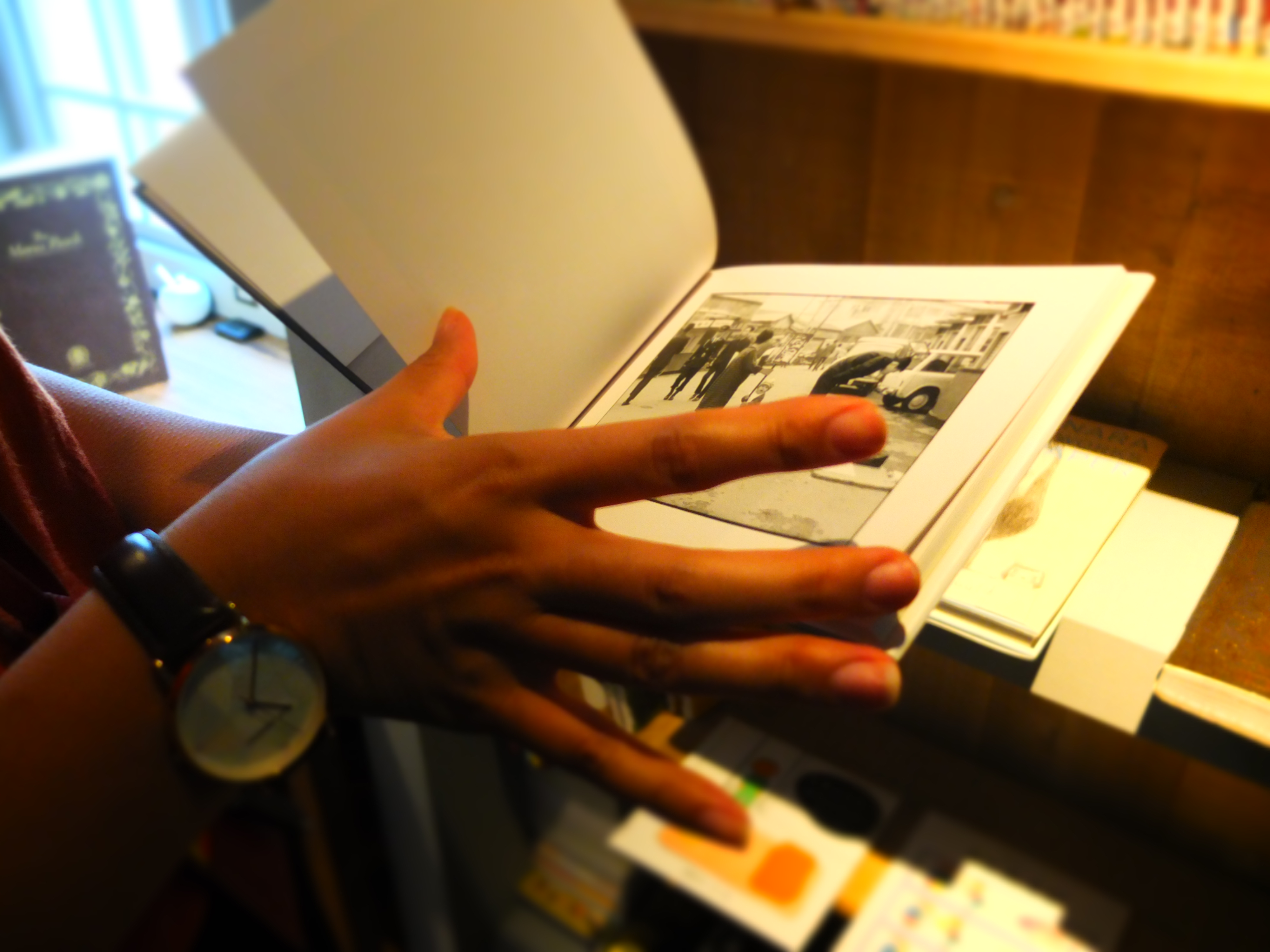
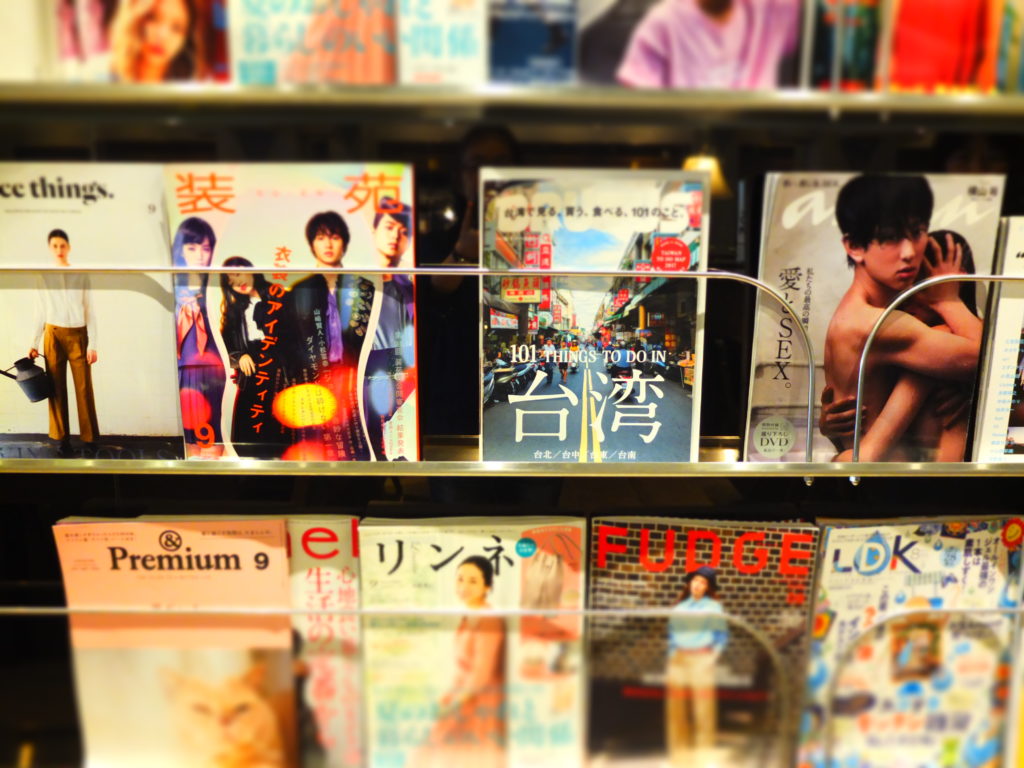
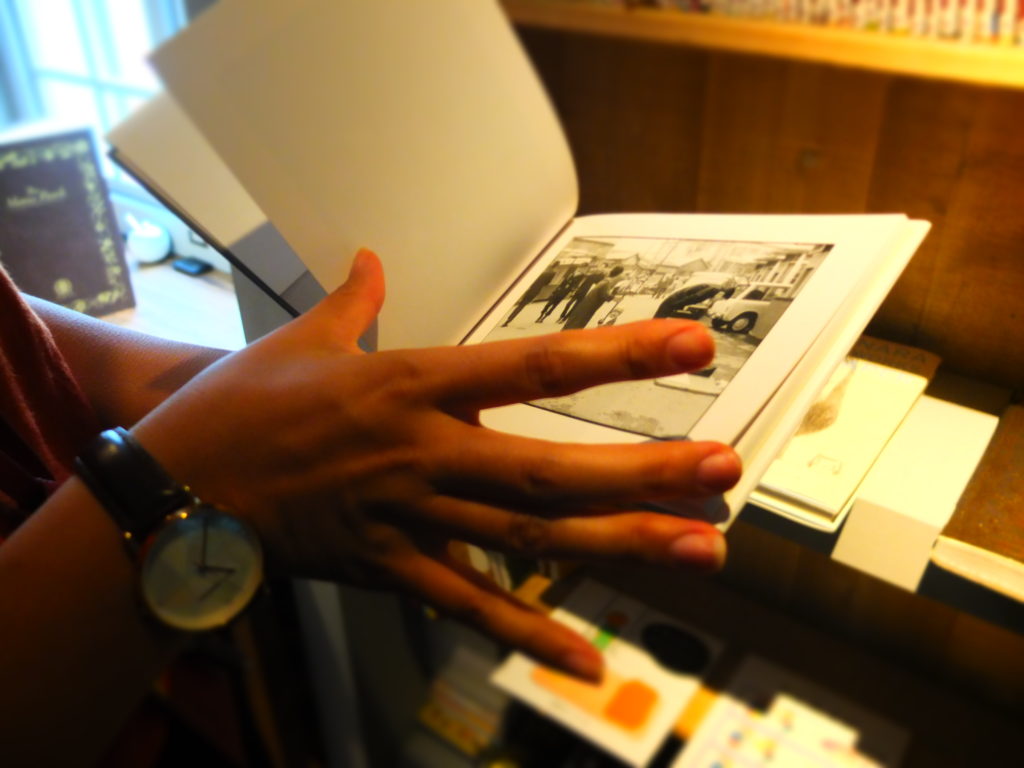
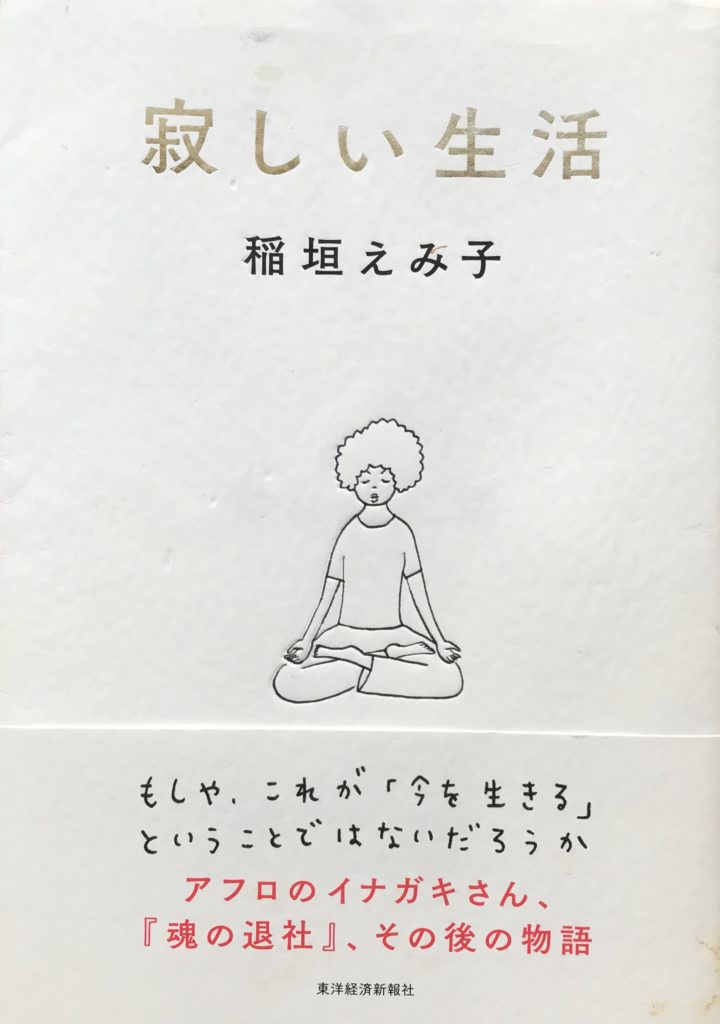
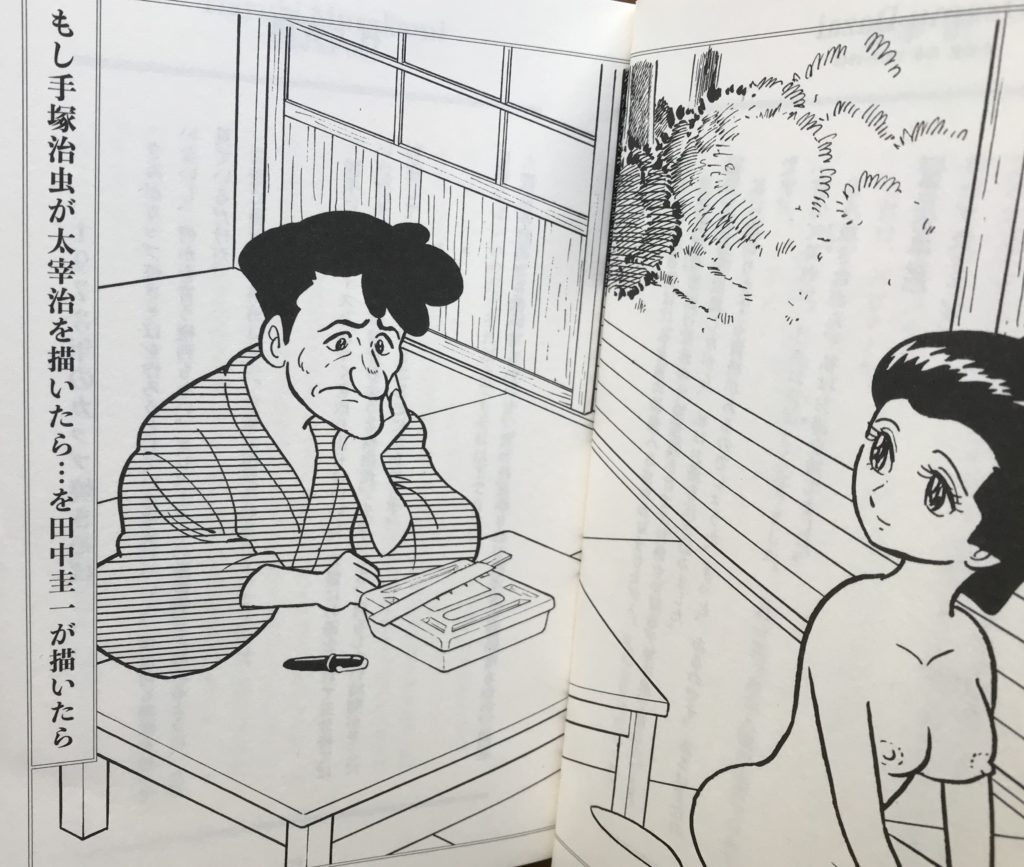
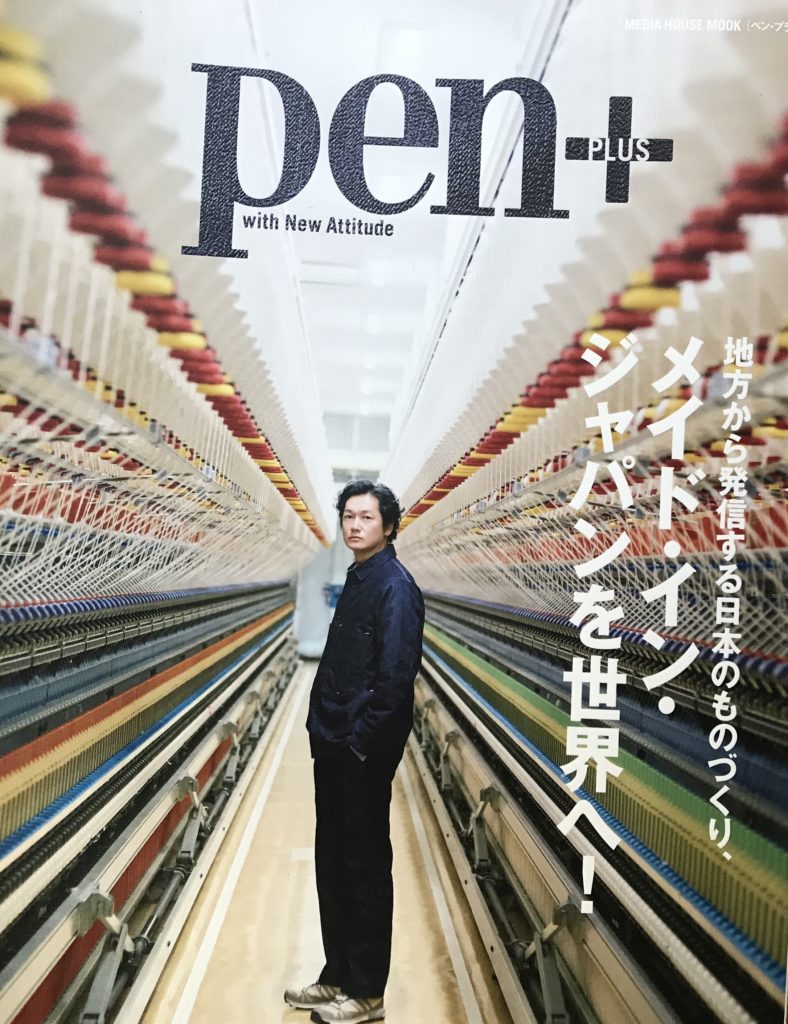
[…] Posted by Kaori Shoji on Sunday, December 31, 2017 · Leave a Comment […]
[…] enough about me. Here, former newsletter interviewee Kaori Shoji picks (in English) the best of Japanese writing […]